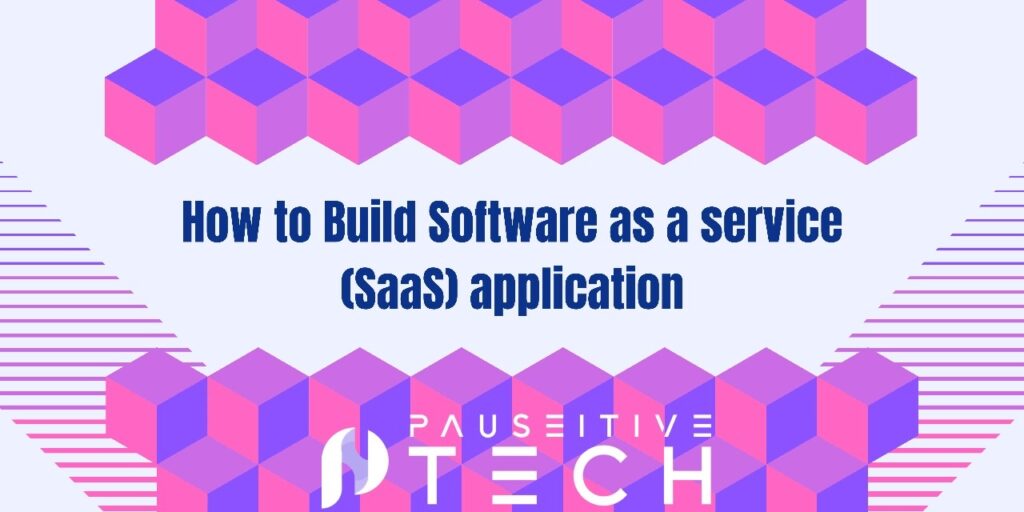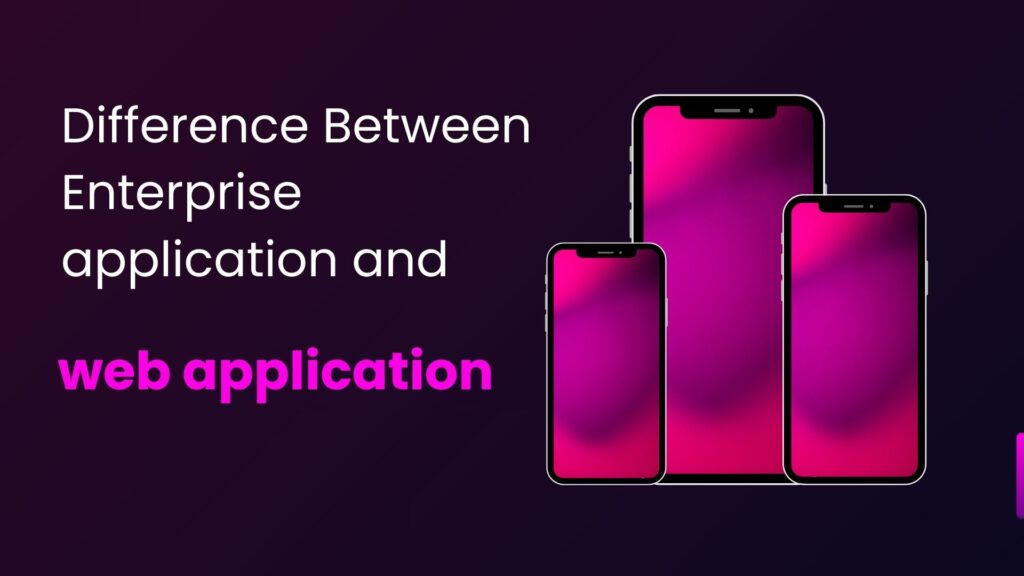Organizations always look for fresh approaches to enhance operations in the dynamic and constantly changing business environment. As they expand, businesses often buy various systems and applications from multiple suppliers to satisfy specific demands. The result is a complicated IT environment where successful and efficient business operations need smooth connectivity between these platforms. Enterprise Application Integration (EAI) links different applications and systems to facilitate easy data flow and communication within a business.
Challenges in Enterprise Application Integration
EAI offers several difficulties businesses must overcome to guarantee its adoption, even with its enormous advantages. The main challenges include the following:
Legacy Systems:
Many businesses continue to employ outdated systems, which may need to be revised with the more recent technology included in newer apps. Old systems sometimes need more infrastructure and standards for smooth data transmission, presenting a barrier to integration.
Data Incompatibility:
Because different programs and systems store and process data differently, information transmission between them may take time and effort. This can result in errors, delays, and data discrepancies, significantly affecting company operations.
Lack of Standardization:
Another critical challenge in EAI is uniformity across systems and applications. Finding common ground for integration may be challenging as many providers could employ different protocols and technologies. Organizations must often invest more resources and technologies to close the gap across systems.
Security Concerns:
Integrating many programs and systems within a company might be a security risk and expose private data to unwanted users. Organizations need to put strong security measures in place to safeguard their data from any breaches during integration.
Scalability Issues:
Ensuring the linked systems can develop with the companies becomes a big problem as they expand and have more data. Large volumes of data or transactions may be too much for many integration solutions to manage without performance bottlenecks or system breakdowns.
Real-time Data Processing:
The current fast-paced business sector makes real-time data processing increasingly necessary. However, developing and sustaining the low-latency data transport and processing skills needed for real-time system integration may take time and effort. Out-of-date information brought on by data processing delays may impact decisions and operational effectiveness.
Cost Constraints:
Putting in place and maintaining EAI systems may be relatively inexpensive. Organizations must consider the money needed to employ qualified staff, buyation tools, and continuance. Small and medium-sized businesses might find these expenses too high, affecting their capacity to integrate successfully.
Organizational Resistance:
A major obstacle to EAI projects might be internal organizational resistance to change. Departments and staff used to their current procedures and systems may hesitate to adopt new integrated workflows. Effective change management techniques training, open communication, and proving the advantages of integration are necessary to overcome this opposition.
Solutions for Successful EAI:
Organizations that want to overcome these challenges must implement practical plans and solutions supporting successful EAI. Some of these solutions include:
Application Programming Interfaces (APIs):
APIs serve as middlemen, enabling different programs and systems to interact with one another via a set of common protocols. By overcoming compatibility problems, APIs provide a safe and effective means of data transmission across systems.
Enterprise Service Bus (ESB):
In an environment based on services, an ESB software architecture facilitates smooth communication between systems and applications. It offers a standardized platform for integration and functions as a focal point for data sharing.
Data Mapping and Transformation Tools:
These programs enable companies to map and convert data across formats, guaranteeing system compatibility. They also make it possible to validate and clean data so that, throughout integration, its integrity and correctness are maintained.
Cloud Integration Platforms:
Organizations may link different applications and systems over the cloud using cloud-based integration platforms, which provide a scalable and reasonably priced EAI solution. This lowers upkeep expenses and does away with the need for on-premise infrastructure.
Conclusion:
Modern companies wishing to increase productivity and simplify operations must integrate their enterprise applications. Despite the difficulties, businesses may go beyond them by using the appropriate tactics and solutions to support effective Enterprise application integration EAI. With smooth system integration, organizations may increase productivity, save expenses, and enhance their decision-making ability. Companies must hence prioritize EAI as an essential part of their IT plan. All things considered, EAI is a beneficial tool in today’s very competitive business environment for companies that are prepared to make the necessary investments. Keep ahead of the competition and welcome EAI for a more linked and productive future.





